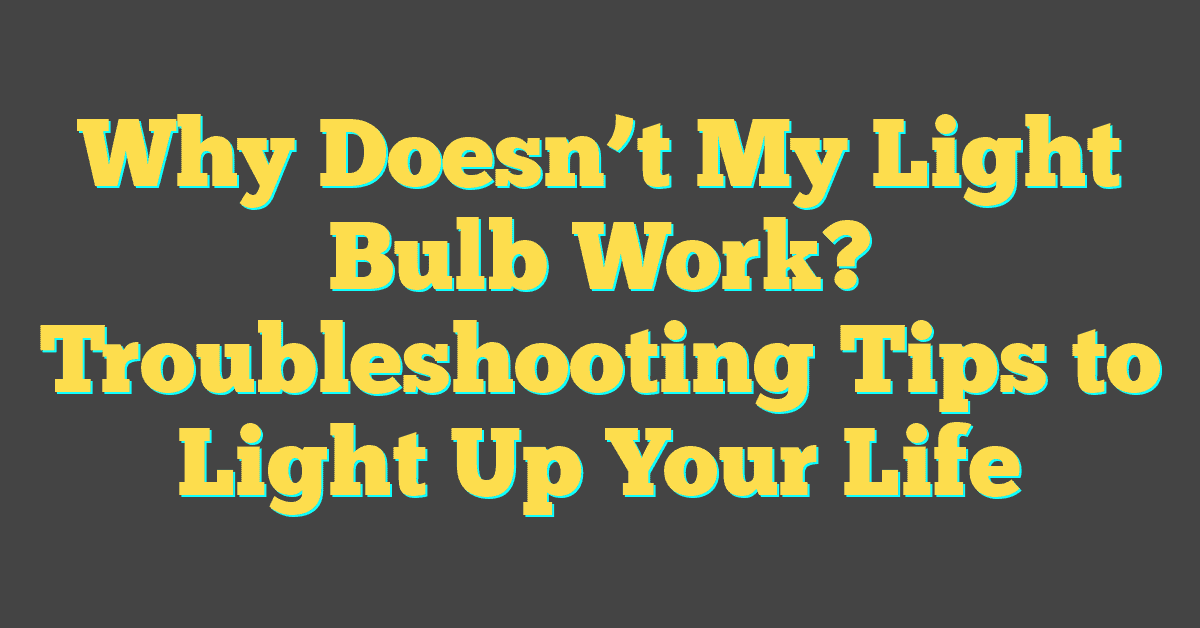Cycling at night can feel like a mix of freedom and fear. There’s something magical about gliding through quiet streets under the glow of streetlights, but let’s be honest—the dark can play tricks on the mind. I’ve often wondered why some nights feel perfectly safe while others leave me gripping the handlebars a little tighter.

It turns out, the way we perceive safety while cycling at night isn’t just about actual risks—it’s deeply tied to psychology. Our brains are wired to react to shadows, sounds, and even our own thoughts, shaping how secure we feel. Understanding this can make all the difference in enjoying those nighttime rides.
Whether you’re a seasoned night rider or just curious about venturing out after sunset, exploring the mental side of safety can help you pedal with more confidence and ease. Let’s dive into what’s really happening in our minds when we cycle after dark.
Understanding The Psychology of Feeling Safe
Cycling at night bridges physical safety with mental comfort. I’ve learned that confidence often shapes how secure we feel, especially in low-light conditions.
The Connection Between Safety and Confidence
Confidence impacts how we interpret nighttime risks. When I equip my bike with reliable lights, like a 1000-lumen front beam or flashing rear lights, I notice an immediate boost in my sense of control. A solid lighting setup not only improves visibility to others but also sharpens my awareness of obstacles. This preparedness lets me ride steady, free from hesitation.
Even subtle actions, like testing light angles before a ride, enhance confidence. For example, tilting the headlight downward reduces glare for oncoming traffic and keeps my focus on the road. Clear visibility builds trust in my surroundings and my ability to navigate them.
The Role of Perception in Nighttime Cycling
Perception shapes how threats feel larger or smaller in the dark. Shadows from trees or headlights can appear as moving hazards, triggering an instinct to slow down. When my lighting creates even and consistent coverage, I trick my brain into seeing the path as safer. I’ve found wide-beam lights especially effective here, spreading light across both road edges and blind spots.
Sound also plays a role. Quieter areas can enhance my focus but amplify every mechanical creak or distant vehicle. Adding reflective gear to my bike frame or clothing helps counteract these heightened senses. By signaling extra visibility, I rely less on guesswork and more on what I know—my visibility is sufficient, and I’m in control.
Common Fears of Cycling at Night
Cycling at night introduces a mix of excitement and trepidation, and I know firsthand how much psychological factors can influence this experience. Among the most common concerns, a few fears stand out that I’ll address based on my expertise in lighting and bike maintenance.
Fear of Accidents
The fear of accidents often revolves around visibility and awareness. In the dark, it’s harder to notice potholes, uneven surfaces, or sudden obstacles like debris or animals. To tackle this, I always emphasize the importance of high-quality bike lights. A front light with at least 800 lumens ensures you can see road conditions clearly, while a rear red light enhances your visibility to others. Reflective strips and spoke reflectors on wheels amplify lateral visibility, which is critical at intersections. Adjusting light angles downward reduces glare while maximizing the road’s illumination.
Fear of Crime or Assault
The fear of assault or being a potential target feels heightened at night. Well-lit paths and group rides provide a greater sense of security. I also rely on compact lighting, like helmet-mounted lights, to illuminate hard-to-see areas—these are especially useful because turning your head can light up places without shifting your bike’s position. Bright, flashing rear lights can deter someone from approaching unnoticed, giving me an added layer of confidence. I also advocate for sharing your route with a trusted friend or using GPS trackers when riding alone.
Fear of Mechanical Failures
Breakdowns in the dark can feel daunting, especially without proper tools or light. I always carry a compact multi-tool, a spare inner tube, and a portable pump. My go-to accessory is a small headlamp or a magnet-mounted work light to make repairs easier when shadows obscure details. Regularly checking tire pressure, lubricating chains, and inspecting brakes before heading out further reduces the chances of mechanical issues. Investing in reliable components like puncture-resistant tires saves time and prevents stress during nighttime rides.
Factors That Contribute to Feeling Safe
Feeling secure while cycling at night depends on a mix of preparation, surroundings, and social interactions. I’ve spent years fine-tuning my nighttime riding setup, and I know the right combination makes all the difference.
Personal Preparation and Gear
Preparedness relies on using reliable gear. High-powered bike lights are crucial—my go-to setup includes a 1000-lumen front light mounted on the handlebars and a secondary 500-lumen helmet-mounted light. This dual system ensures I can quickly adjust focus and illuminate obstacles.
Reflective gear plays a vital role in being seen. I use reflective jackets, leg bands, and wheel reflectors to catch the eye of drivers from all angles. Carrying multi-tools, a spare tube, and a mini pump prevents mechanical failures from becoming major setbacks. Consistent bike maintenance, like checking brakes and tire conditions, stops surprise issues before they start.
Environmental Influence: Lighting and Infrastructure
« Bicycle Lighting in Different Climates: Tropics, Arctics, etc. – Top Tips for Safe Rides Anywhere
How to Set Up Lights for Cargo Bikes and Child Carriers: Safety Tips You Can’t Miss »
The environment shapes how safe night rides feel. Well-lit roads with continuous streetlights minimize blind spots. I often map my routes in advance, prioritizing areas with solid infrastructure like dedicated bike lanes or smooth pavement to avoid hazards.
Installing lights on both my front and rear wheels enhances side visibility. In areas with inconsistent lighting, my helmet-mounted light becomes essential for scanning darker sections. Community-supported lighting projects or local cycling groups advocating better infrastructure can enrich the nighttime cycling experience for everyone.
Social Factors: Presence of Other Cyclists
Riding with fellow cyclists offers reassurance and a sense of community. I often join group rides during evening hours; having extra sets of lights on the road enhances visibility and deters potential risks. If no group is available, sticking to routes with noticeable cycling activity can offer similar comfort.
Cycling apps and local forums often highlight popular nighttime paths, making it easy to find safe, well-traveled areas. Sharing the road not only boosts confidence but also reinforces a collective sense of safety.
Strategies to Improve Safety While Cycling at Night
Feeling safe cycling at night starts with preparation and practical strategies. As someone passionate about biking and lighting, I know how the right tools and habits can transform a nighttime ride into a confident and secure experience.
Selecting the Right Equipment
Investing in high-quality bicycle lights is crucial. I recommend a front light with at least 1000 lumens for clear visibility, especially on dark roads and trails. A rear red light is equally essential; I always choose one with a flashing mode since it grabs attention faster. For reflective gear, I use a reflective vest or armbands to ensure maximum visibility from all angles.
Helmet-mounted lights provide versatility, casting light where I’m looking and filling blind spots missed by the bike-mounted lights. When working on your lighting setup, check for proper alignment to avoid blinding oncoming traffic. I also carry spare batteries or a power bank since I never want to risk a light failing mid-ride.
Planning Safe and Well-Lit Routes
Researching routes with good lighting and bike-friendly paths helps reduce risks. I map out areas with streetlights and avoid unlit or low-traffic sections where I might feel exposed. Apps like Komoot or Google Maps make creating a safe cycling route easier, as they highlight bike lanes and well-traveled areas. When exploring new paths, I plan to ride them during the day first to identify any potential hazards.
Group rides are another great way to reinforce safety at night. Popular night cycling groups often follow familiar routes with excellent lighting and minimal risk, making the ride both enjoyable and secure. Even in areas with fewer riders, sticking to streets with consistent lighting makes every turn feel safer.
Building Confidence Through Practice
Riding at night takes getting used to, but practice builds trust in your equipment and decisions. I always test my gear in controlled conditions, like riding around quieter neighborhoods or parking lots after dark. Practice strengthens my awareness of obstacles and helps me learn how shadows or reflective surfaces might distort perception.
If you’re nervous, start with shorter rides in semi-lit areas. Over time, increasing the complexity and distance of nighttime rides can help adjust to the environment. Familiarity with handling your bike in low-light conditions is key to feeling prepared and confident no matter where you ride.
The Benefits of Feeling Safe While Cycling at Night
Feeling safe while cycling at night transforms the experience into something both enjoyable and empowering. As a bicycle lighting enthusiast, I know firsthand how much the right setup and preparation contribute to peace of mind while riding under the stars.
Enhancing Mental and Physical Wellbeing
Confidence while cycling at night boosts both mental clarity and physical performance. When I feel safe, my mind can focus on the ride itself rather than worrying about potential dangers. This mental ease reduces stress and improves the quality of my nighttime rides. From personal experience, I’ve noticed how a relaxed state of mind helps me ride more efficiently, conserving energy and enhancing endurance.
Physical safety supports better performance. For instance, by equipping my bike with a 1200-lumen front light and reflective accents on my gear, I ensure visibility in all directions. This setup lowers the likelihood of accidents, which means fewer injuries and longer, uninterrupted rides. Feeling secure fuels consistent night rides, which are a great way to unwind and build stamina after a long day.
Promoting More Sustainable Transportation Choices
A safe night-riding environment encourages me—and others—to choose bikes over cars, even after the sun sets. With the right lights and reflective equipment, night cycling becomes just as practical as daytime commuting. Personally, my confidence in navigating low-light areas with a powerful rear flasher and clear side reflectors has significantly reduced my reliance on motor vehicles.
Cycling at night supports eco-friendly habits. Knowing that I can ride safely without major risks motivates me to stick to sustainable travel modes. For instance, when running errands or visiting friends nearby, having reliable bike lights makes it easy to keep my bike as my transportation of choice, no matter the hour.
Conclusion
Cycling at night offers a unique blend of adventure and tranquility, but feeling safe is key to truly enjoying the experience. By focusing on preparation, the right gear, and thoughtful route planning, we can build the confidence needed to embrace nighttime rides. It’s amazing how small adjustments, like better lighting or riding with others, can transform our sense of security.
For me, nighttime cycling has become more than just a ride; it’s a chance to connect with the world in a different light. With the right mindset and tools, it’s possible to turn what might feel intimidating into something freeing and empowering. So why not give it a try?




